What is 222 Remington ammo?🧐
It is a popular centerfire rifle cartridge. It was introduced in the early 1950s by Remington Arms Company and quickly gained recognition for its accuracy, low recoil, and versatility. The cartridge is commonly used for varmint hunting, target shooting, and even some small-game hunting.
Features📝
Here are some key features of .222 Remington ammunition:
✍️ Velocity: This ammunition is known for its moderate velocities, offering a good balance between accuracy and effective range.
✍️ Terminal Performance: While not suitable for large-game hunting, it can deliver effective terminal performance on small games when using appropriate bullet types like soft points or hollow points.
✍️ Balanced Performance: The cartridge strikes a balance between bullet weight, velocity, and energy, offering controlled expansion for hunting and consistent accuracy for target shooting.
✍️ Moderate Recoil: Its moderate recoil makes it pleasant to shoot, contributing to its popularity among shooters of different skill levels.
✍️ Effective Range: The effective range can extend to a few hundred yards, making it suitable for a variety of shooting scenarios.
✍️ Reloading: Reloading enthusiasts can find a selection of components for reloading such cartridges, allowing for customization of bullet types and loads.
Benefits💥
The .222 Remington ammunition offers several benefits that make it a popular choice among shooters. Here are some of its key advantages:
✴️ It is known for its exceptional accuracy. The combination of moderate recoil, consistent velocities, and well-designed bullets contributes to tight groups and precise shooting, making it a favorite for target shooting and precision competitions.
✴️ This ammo is highly effective for varmint hunting due to its accuracy and minimal pelt damage. Its ability to deliver accurate shots at moderate distances makes it suitable for targeting small to medium-sized pests and predators.
✴️ The cartridge is versatile, making it suitable for a range of shooting applications, including target shooting, plinking, and hunting. Shooters can use it effectively for different scenarios without needing to switch to a different caliber.
✴️ It generates relatively low noise levels compared to larger and more powerful cartridges. This can be advantageous for shooting in areas with noise restrictions or in situations where loud reports are undesirable.
✴️ While not the cheapest option, such ammunition tends to be more affordable than some of the more specialized or larger-caliber cartridges. This affordability makes it accessible to a wide range of shooters.
Bullet types and designs📢
Understanding different bullet types and designs for .222 Remington ammo is essential for selecting ammunition that suits your shooting needs. Here are some common types and their characteristics:
| 🟦 Full Metal Jacket (FMJ): |
✔️ FMJ bullets have a lead core enclosed in a harder metal (typically copper) jacket. ✔️ The jacket covers the entire bullet, leaving only the base exposed. ✔️ FMJ bullets are known for their penetration and minimal expansion. ✔️ Commonly used for target shooting and training due to their cost-effectiveness. |
| 🟦 Soft Point (SP): |
✔️ Soft point bullets have a lead core with an exposed lead tip covered by a copper jacket that extends partially down the bullet. ✔️ The exposed lead tip allows controlled expansion upon impact, making SP bullets suitable for hunting small to medium-sized game. ✔️ They strike a balance between penetration and expansion, delivering effective energy transfer. |
| 🟦 Hollow Point (HP): |
✔️ Hollow point bullets have a hollowed-out tip, designed to promote controlled expansion upon impact. ✔️ Upon hitting a target, the hollow point causes the bullet to expand, creating a larger wound channel. ✔️ HP bullets are commonly used for self-defense and hunting due to their enhanced stopping power and energy transfer. |
| 🟦 Ballistic Tip: |
✔️ Ballistic tip bullets have a plastic tip inserted into the hollow point of the bullet’s nose. ✔️ This design enhances the bullet’s aerodynamics, resulting in higher ballistic coefficients and better accuracy. ✔️ Ballistic tip bullets are known for rapid expansion and consistent performance, making them suitable for varmint hunting and precision shooting. |
| 🟦 Boattail Bullets: |
✔️ Boattail bullets have a tapered base that reduces drag and improves ballistic performance. ✔️ The tapered design helps maintain stability during flight, resulting in improved accuracy and reduced wind drift. ✔️ Boattail bullets are often favored for long-range shooting due to their aerodynamic advantages. |
| 🟦 Polymer-Tipped Bullets: |
✔️ Similar to ballistic tip bullets, polymer-tipped bullets have a plastic tip that enhances aerodynamics. ✔️ The tip also aids in initiating expansion upon impact, while the bullet’s core and jacket continue to provide controlled penetration. ✔️ Polymer-tipped bullets are versatile and suitable for hunting a range of game sizes. |
| 🟦 Lead-Free Bullets: |
✔️ Lead-free bullets are designed to minimize environmental impact by avoiding the use of lead. ✔️ They often feature copper or other non-lead materials. ✔️ Lead-free bullets can offer reliable performance for hunting and shooting while meeting certain regulatory requirements. |
📌 When selecting such ammo, consider the intended use (hunting, target shooting, varmint control), the size of the game, desired expansion characteristics, and the range at which you’ll be shooting. Always follow local regulations and ethical considerations when choosing bullet types for hunting purposes.
Best 222 Remington Ammo Reviews
1# 222 Rem – Prvi Partizan – 50 gr – 20 Rounds
The Prvi Partizan 222 Rem is a great choice for target practice, shooting exercises, and varmint hunting. Using this product, our team found that the soft point bullets are designed for controlled expansion and a mushrooming effect. The brass-cased, boxer-primed design is non-corrosive and reloadable. With 20 rounds in each box, this product is both economical and precision manufactured by an established European cartridge producer.
2# 222 Rem – Fiocchi – 50 Grain – 20 Rounds
These bullets feature a premium polymer tip and streamlined design that yields ultra-flat trajectories. This match-grade jacket design provides maximum accuracy at all ranges combined with explosive expansion upon impact making this round not only a premier competition round but also an excellent varmint round. Each round is brass-cased, boxer-primed, non-corrosive, and reloadable. Say goodbye to complicated jobs and hello to the simplicity and quality of this ammo!
3# 222 Rem – Fiocchi V-Max Caliber – 50gr – 20 Rounds
For high-volume shooters and hunters who demand great quality and consistency, Fiocchi Shooting Dynamics ammunition is the faultless choice. Loaded with similar grain weights as the Exacta line, this ammo is perfect for training and practicing without breaking the bank. Plus, the polymer tip on Hornady’s V-Max bullets enhances accuracy and promotes devastating expansion, making this ammo ideal for taking down a game at long range. So whether you’re sighting in at the range or stalking prey in the woods, this ammunition will help you hit your mark every time.
4# 222 Rem – Federal Power-Shok – 50 Grain – 20 Rounds
Need a reliable and affordable hunting round? Consider Federal Power-Shok 222 Remington ammunition. This 20-round box of ammunition features 50-grain soft-point bullets, perfect for taking down varmints and predators. Based on our own experience the bullets are designed for flat trajectories and fast, consistent velocity, making this ammunition ideal for novice shooters and experienced hunters alike. Don’t miss your opportunity to stock up on this top-quality ammunition – grab a box (or two!) today.
5# 222 Rem – Federal Premium V-Shok – 43 Grain – 20 Rounds
Want to find an explosive way to take down varmints and predators? Pay attention to Federal Premium V-Shok Ammunition. This ammo is loaded with a highly accurate lead-free bullet that is designed to hit hard and penetrate deep. The patented shock-absorption system ensures that the energy from the explosion is retained by the back wall of the casing, making for a safer shot with less recoil. Whether you’re shooting for sport or pest control, such ammunition is sure to get the job done.
6# 222 Rem – Federal Premium Power-Shok – 50 Grain – 20 Rounds
Federal Premium’s Power-Shok .222 Remington centerfire rifle ammunition is an excellent choice for hunting or target shooting. Because of our knowledge gained through practice, the bullets are noncorrosive, and each one features deep penetration and exceptional performance. This ammunition is reliable, and it will make your hunting or shooting experience even better. Order a box of 20 rounds today!
7# 222 Rem – Hornady Superformance – 50 Grain – 20 Rounds
Hornady’s Superformance line of 222 Rem ammunition is the perfect choice for serious shooters who demand the very best. Using state-of-the-art propellant technology, this ammunition delivers amazing speed and power without any of the drawbacks of traditional factory ammunition. It features several design improvements that give you a real advantage on the range or in the field, including a higher muzzle velocity that allows you to make the most of supersonic bullets. With such ammunition, you’ll get outstanding accuracy, consistency, and dependability shot after shot.
8# 222 Rem – HSM Ammunition Hsm Ammo – 50 Grain – 20 Rounds
Introducing the Hsm Ammunition HSM Ammo .222 Remington 50gr. Hornady V-max 20-pack! This top-of-the-line rifle ammo is perfect for hunters and target shooters alike. This bullet is designed for maximum expansion and penetration, making it ideal for taking down large game animals. Our research has shown that the high-quality construction of this ammo ensures consistent performance and reliability shot after shot. Don’t settle for anything less than the best – choose such ammunition for your needs!
9# 222 Rem – Remington High Performance Rifle – 50 Grain – 20 Rounds
Wish to purchase reliable and high-performing ammunition for your next hunting or shooting trip? Then pick up a box of 222 Remington High-Performance Rifle ammunition. This premium ammunition is designed for long-range performance, making it ideal for hunting medium-sized games. Every round is crafted with ultra-tight tolerances and premium components for increased accuracy and ease of use. Don’t settle for anything less than the best – grab a box of such ammunition today!
10# 222 Rem – Remington Premier Accutip – 50 Grain – 20 Rounds
When it comes to match-grade accuracy and on-game performance, there’s simply no comparison to Remington Premier Accutip. Thousands of rounds in development, this ammunition combines truer flight, flatter trajectory, and devastating terminal energy. Whether you’re hunting varmints or big game, Accutip is the perfect choice for serious hunters who demand precision and power. Based on our observations the gold polymer tip is driven rearward upon impact, causing the thin jacket and soft lead core to fragment violently. This results in explosive on-game results that are sure to impress.
11# 222 Rem – Hornady Superformance – 35 Grain – 20 Rounds
Searching for a little extra oomph from your rifle? Superformance ammunition from Hornady delivers increased velocity and performance without extra chamber pressure, recoil, muzzle blast, temperature sensitivity, or fouling. That’s because it uses progressive propellants that take your favorite V-Max, NTX, SST, GMX, and InterLock bullets to levels of performance that are simply unattainable with conventional ammo. And it’s all thanks to the advanced science of ballistics.
12# 222 Rem – Nosler Varmageddon – 40 Grain – 20 Rounds
Nosler Varmageddon Centerfire Rifle Ammunition is designed specifically for varmints. The ammunition includes a polymer hollow point or tip that is highly accurate and combines with the flat base design for improved accuracy. Nosler designed such ammunition for those who shoot varmints in high volumes and require precision. The ammunition includes Nosler brass and offers a high-performance combination of bullet and powder. As expected each round is perfect as they are each visually inspected and precise measurements are taken including the length of the case and the weight of the powder charge.
13# 222 Rem – Nosler Varmageddon – 50 Grain – 20 Rounds
Searching for the perfect varmint-hunting bullet? Nosler’s Varmageddon bullets are designed for optimum expansion and flight characteristics. According to our experience, the bullet jacket has been engineered for violent expansion, and the special lead alloy and copper alloy components combine to create the best Varmint bullet on the market. With 20 rounds in a box, you’ll have plenty of firepower to take down those pesky critters. So don’t let the varmints get the upper hand – grab a box of these bullets today!
14# 222 Rem – Winchester Super-X Rifle – 50 Grain – 20 Rounds
Winchester has been providing top-quality ammunition for hunters and shooters for over 95 years, and their Super-X line is no exception. The .222 Remington round is a versatile choice for predators and varmints alike, and this 20-round box of Winchester Super-X Rifle ammunition delivers reliable performance and outstanding accuracy. Each bullet is loaded into new brass cases and topped with a non-corrosive primer, making this ammunition perfect for your favorite bolt-action or semi-automatic rifle. With a muzzle velocity of 3140 feet per second, these rounds deliver the flat shooting trajectory and deadly firepower you need to take down your prey swiftly and humanely.
Reloading tips💡
Reloading ammunition can be a rewarding and cost-effective way to shoot, but it requires attention to detail and safety. Here are some reloading tips for beginners specifically focused on .222 Remington ammo:
| ⭐️ Start with a Reloading Manual: Obtain a reputable reloading manual that includes data for .222 Remington loads. This will provide you with safe and tested load data to follow. |
| ⭐️ Gather Necessary Equipment: Invest in a reloading press, dies specifically designed for this cartridge, powder scale, calipers, case trimmer, and other essential reloading tools. |
| ⭐️ Safety First: Prioritize safety at all times. Follow proper reloading procedures, wear safety glasses, and always double-check your work. |
| ⭐️ Inspect Brass: Inspect the brass cases for cracks, dents, or signs of wear before reloading. Discard any damaged cases. |
| ⭐️ Consistent Powder Charges: Use a reliable powder scale to ensure consistent powder charges for accuracy and safety. Double-check weights before loading. |
| ⭐️ Use Fresh Primers: Only use primers that are designed for it. Ensure they are seated properly and not too deep or proud. |
| ⭐️ Select Appropriate Bullets: Choose bullets that are suitable for your shooting purpose, whether it’s target shooting or hunting. Ensure they are of the correct diameter and weight. |
| ⭐️ Follow Load Data: Stick to the load data provided in the reloading manual. Start with the lowest recommended charges and work your way up while checking for pressure signs. |
| ⭐️ Case Length: Keep your brass cases within the specified length by using a case trimmer. Trim cases to the recommended length to maintain accuracy and chambering. |
| ⭐️ Primer Seating: Make sure primers are seated flush with the case head. Avoid over-seating, as this can result in misfires or unsafe pressure levels. |
| ⭐️ Bullet Seating: Seat bullets to the recommended overall length. Consistent bullet seating depth is crucial for accuracy. |
| ⭐️ Crimp Consistency: If using a crimp, ensure it’s consistent across all rounds. However, light crimps are generally preferred for these loads. |
| ⭐️ Keep Detailed Records: Keep a detailed record of your reloading process, including powder charges, bullet types, seating depths, and any special notes. This will help you reproduce successful loads in the future. |
| ⭐️ Test and Evaluate: After reloading a batch, test the ammunition for accuracy, consistency, and reliability at the range. |
| ⭐️ Work-Up Loads Gradually: If you’re working on a new load, start with the minimum charge and gradually work up while watching for pressure signs. |
| ⭐️ Learn from Experience: Reloading is a skill that improves with practice. Pay attention to the results of your reloads and make adjustments as needed. |
| ⭐️ Stay Organized: Keep your components well-organized to prevent mix-ups and mistakes. |
❗ Remember that reloading requires patience, attention to detail, and adherence to safety guidelines. If you’re new to reloading, consider seeking guidance from experienced reloaders or taking a reloading course to ensure you’re following best practices.
FAQ😎
Conclusion😉
222 Remington cartridge was developed in the 1950s and is still popular today. It offers good accuracy and moderate power, making it suitable for hunting small game or varmints. In this article, we’ve listed the top ammo brands and given you some tips on what to look for when buying such ammunition. We hope you find this information helpful and thanks for reading!🤠👍
Affiliate Disclosure: Rotorm.com sometimes gets paid for listings, through sponsors or affiliate programs like Amazon, Optics Planet, Lucky Gunner, Brownells, Cabelas, Rainier Arms, 5.11 Tactical, Bass Pro Shop, etс. Clicking a link helps keep Rotorm.com free, at no extra cost to you!
About the author: Each article on our site is written by experts in survival and tactical equipment, gun enthusiasts, extreme travelers, military, law enforcement and desperate professionals, read about the author at the bottom of the article or visit "About Us" page.
Note: The views and opinions expressed in this article are those of the authors and do not necessarily reflect the official policy or position of any agency.

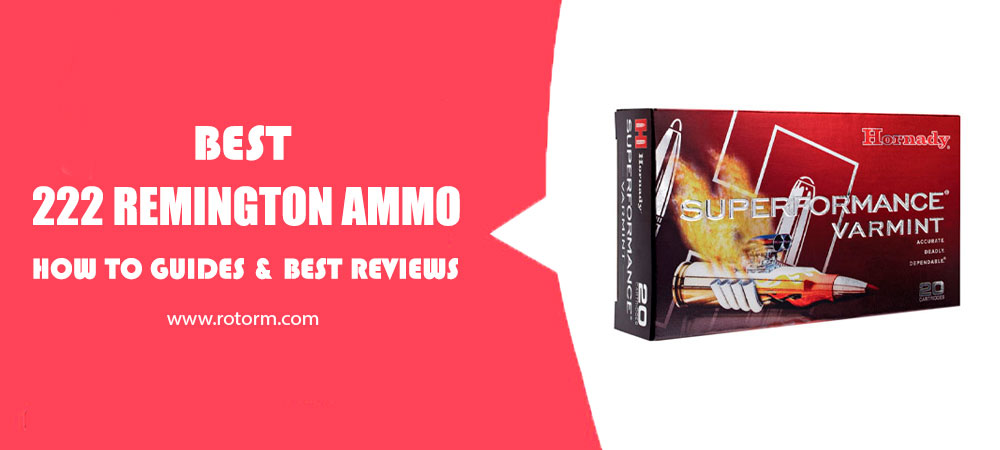
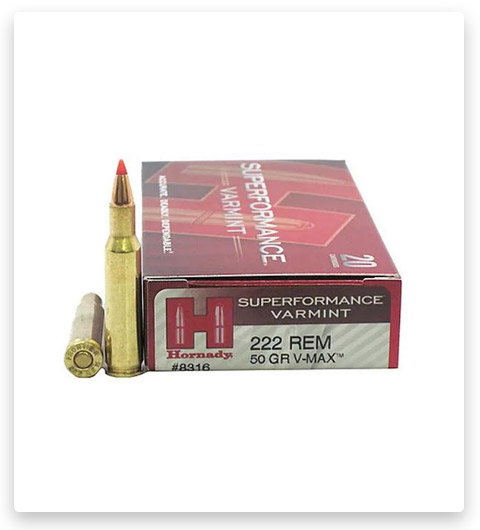
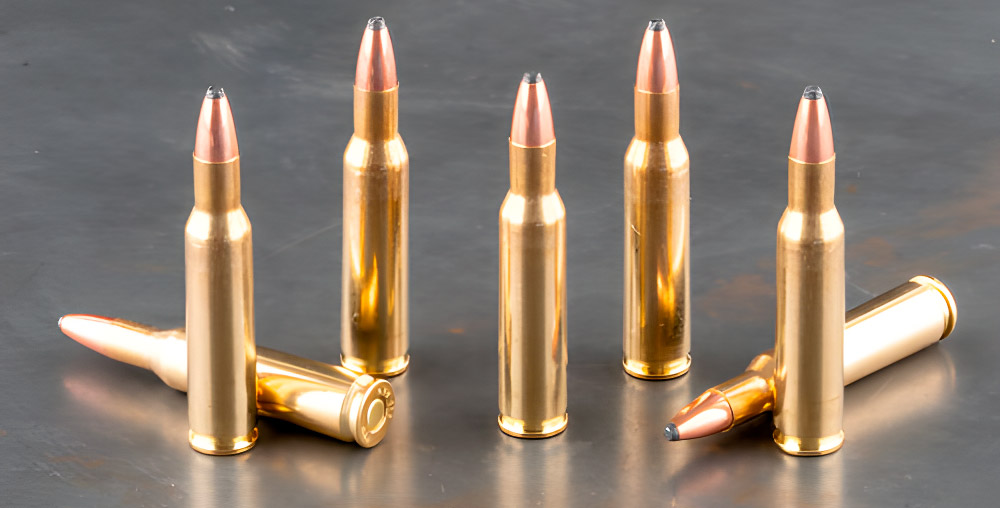
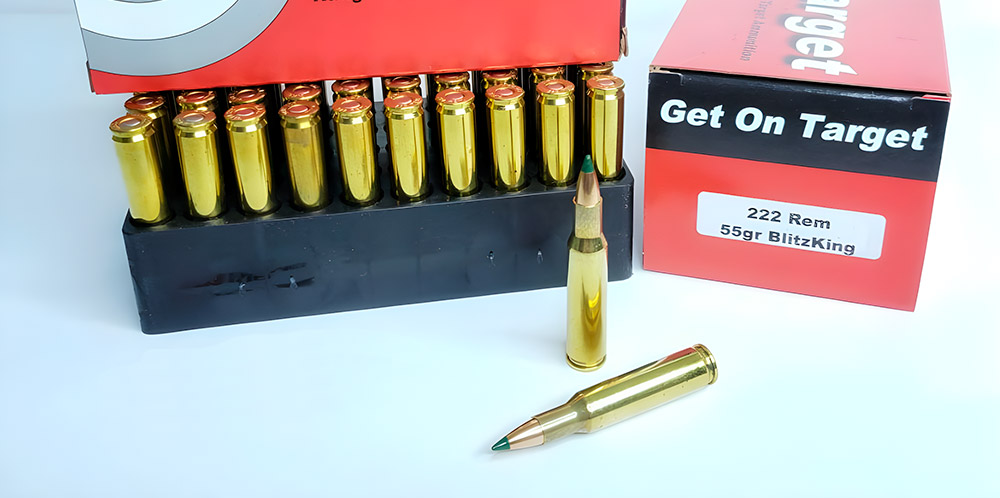
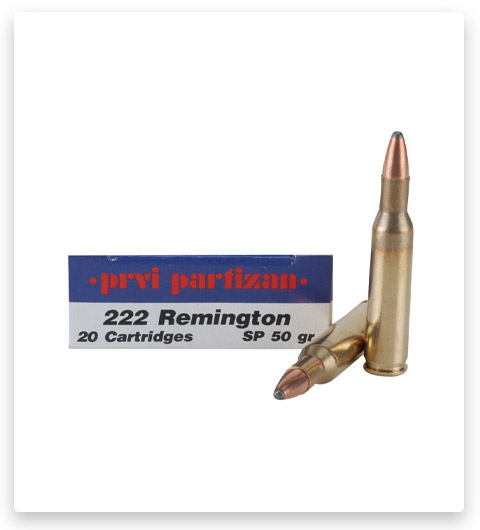
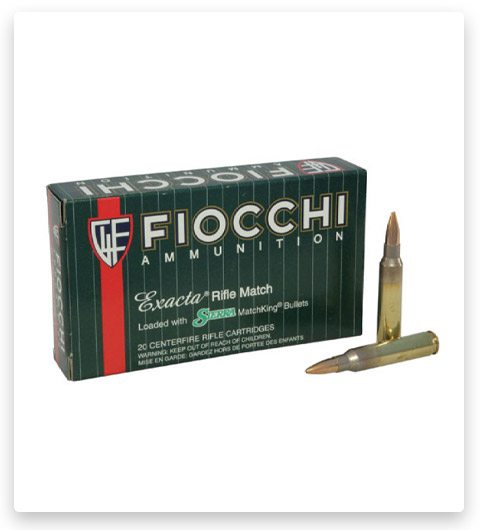
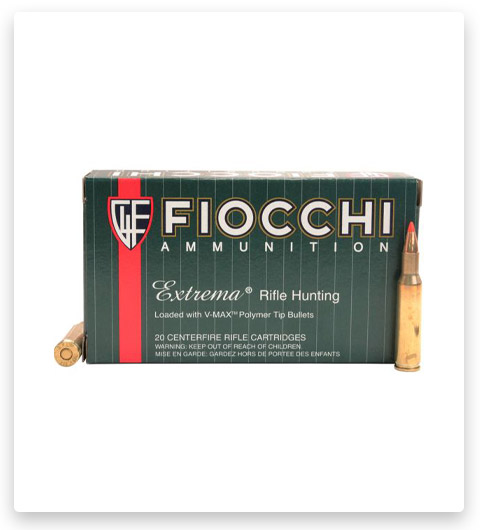

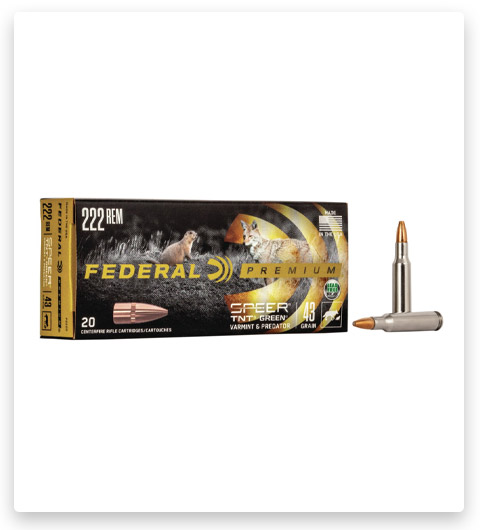
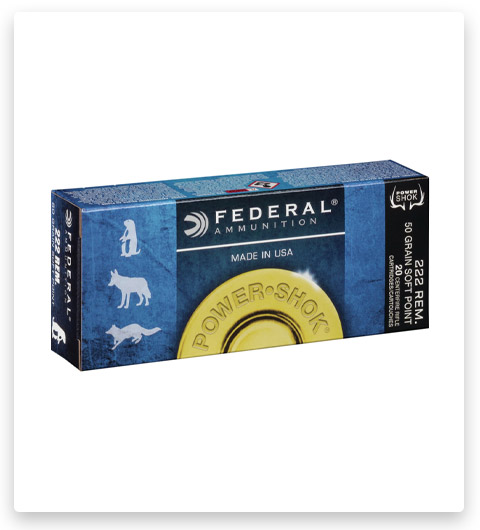
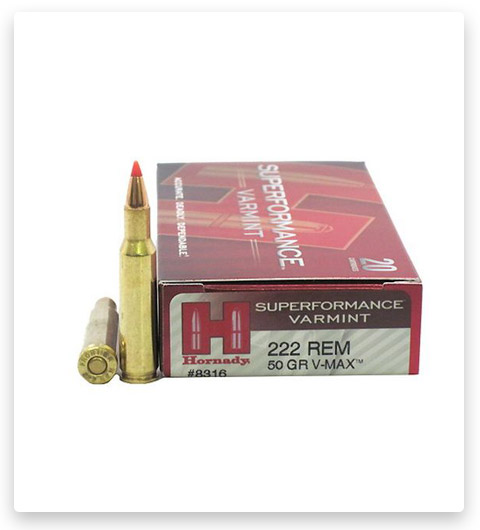
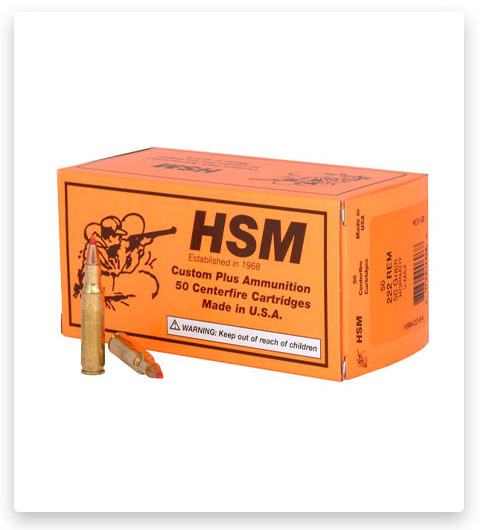

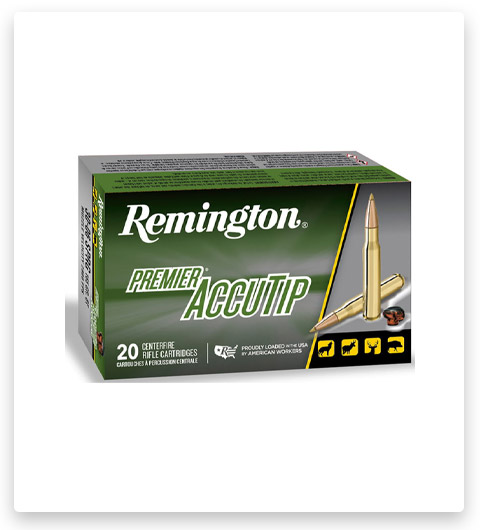
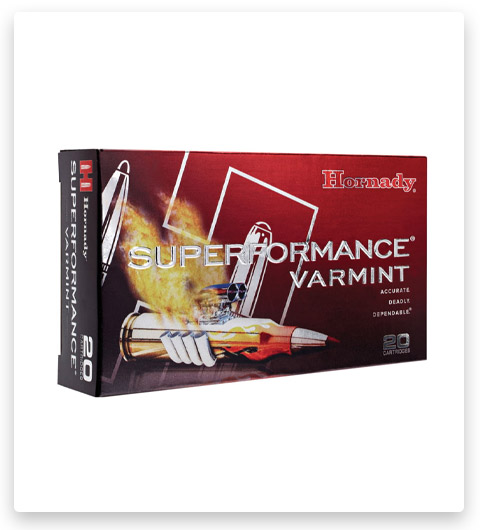
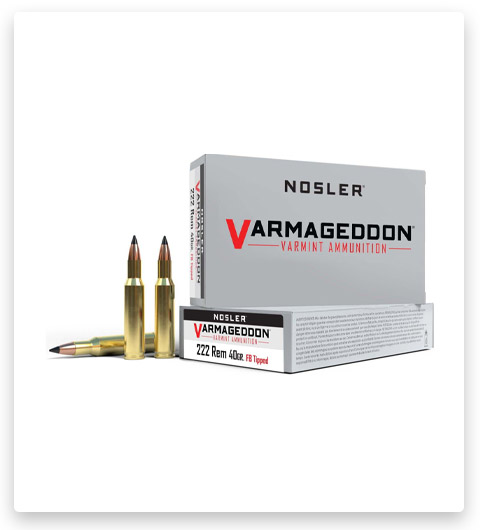
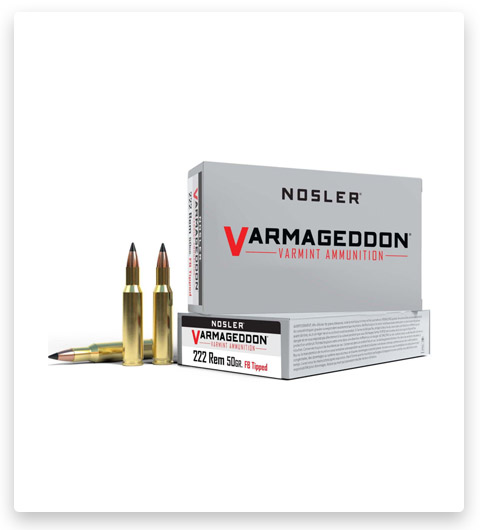
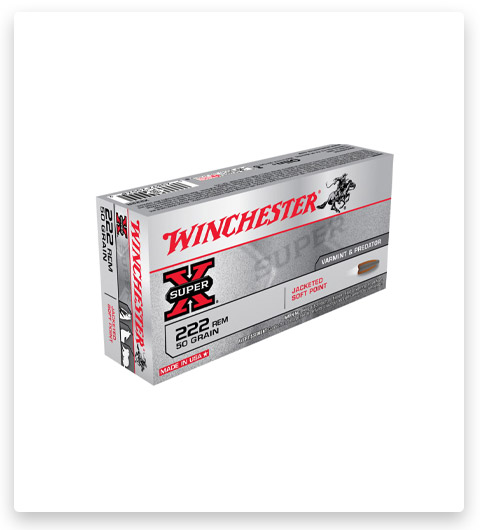
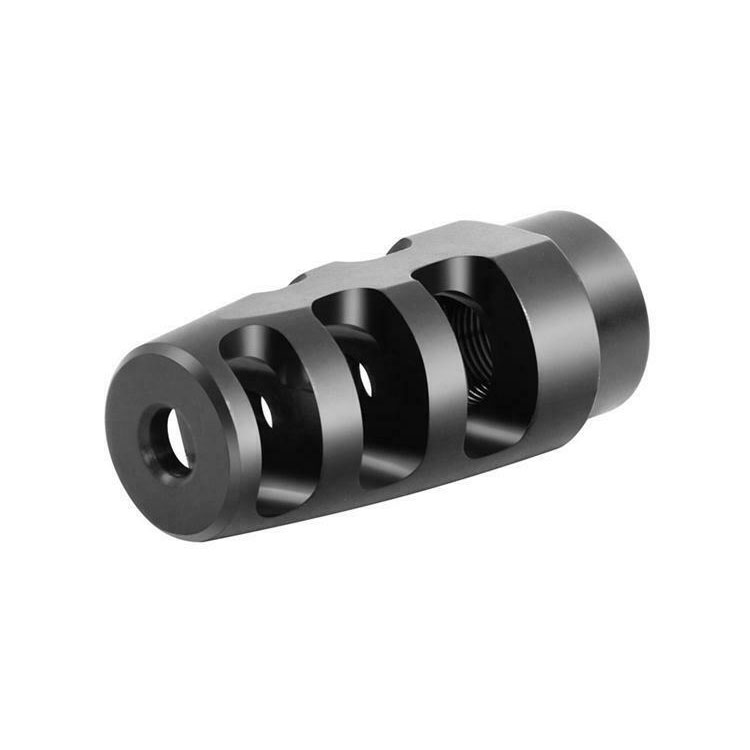
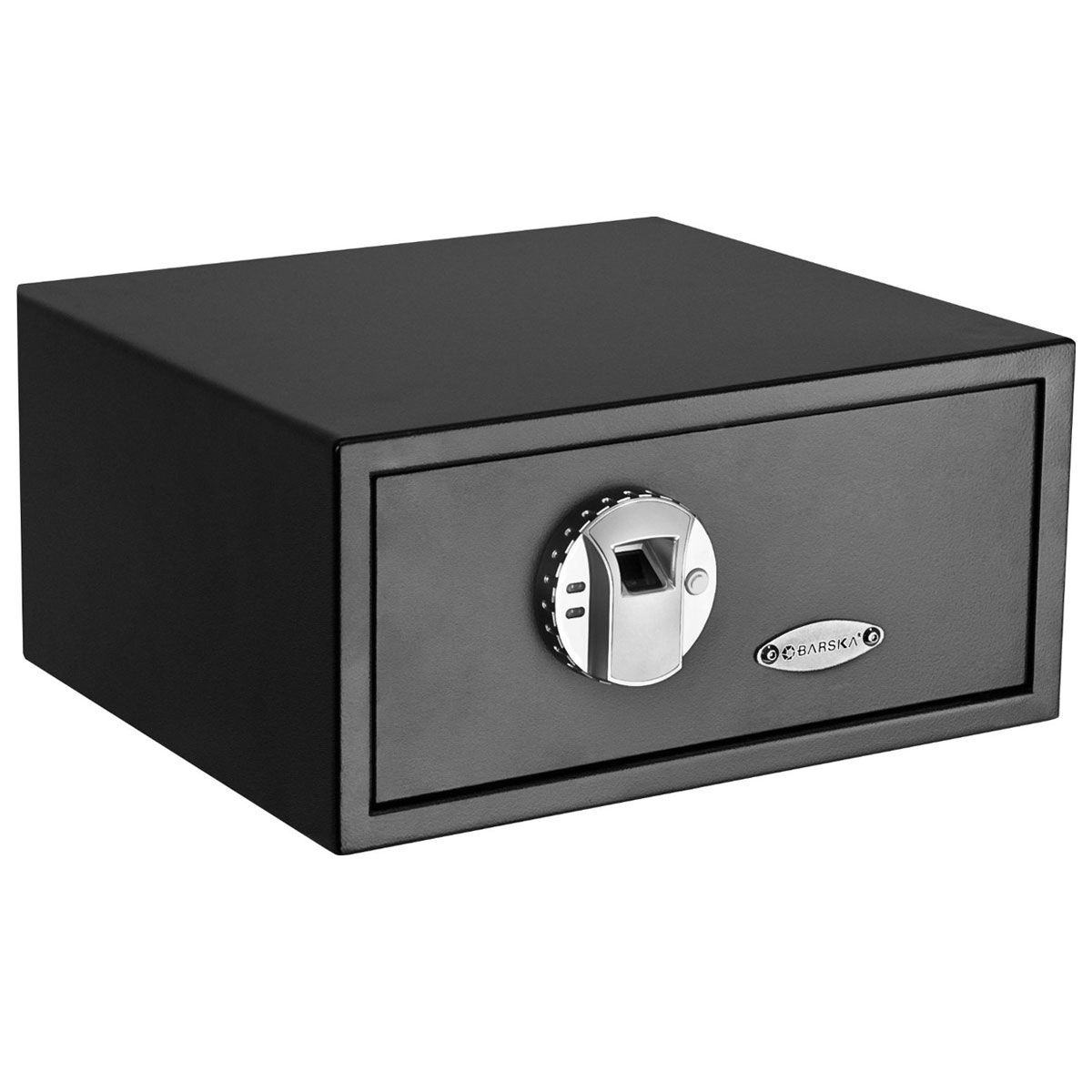
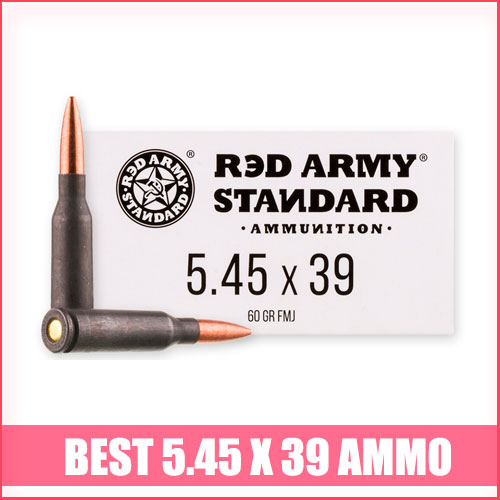

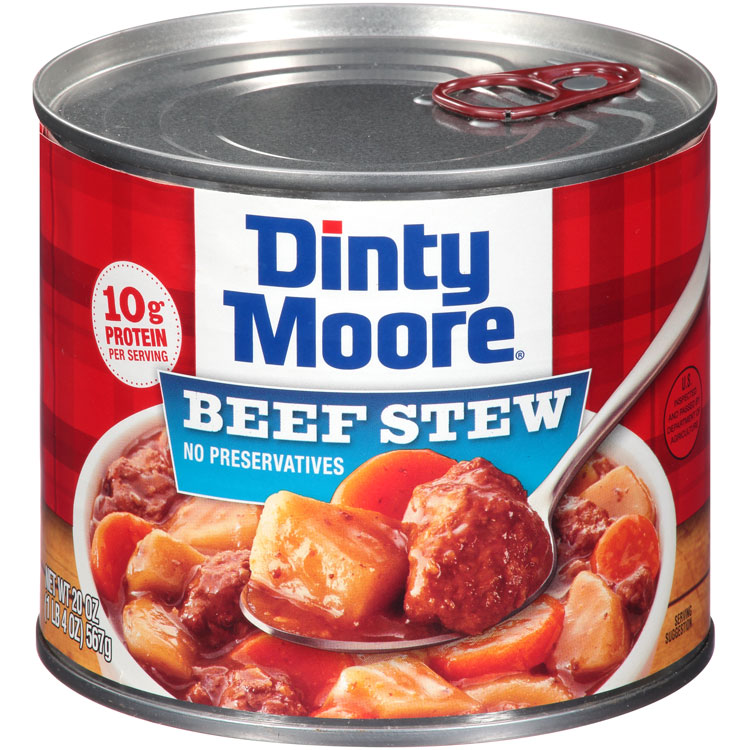
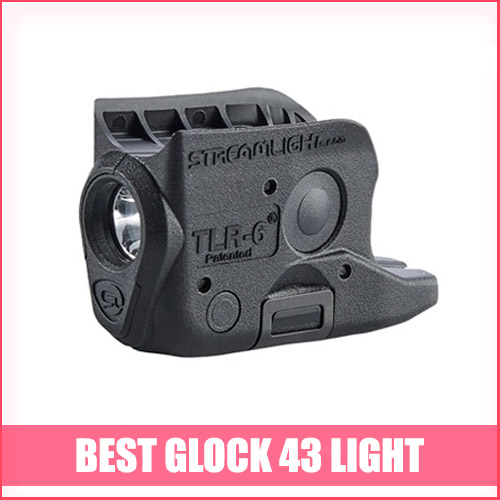
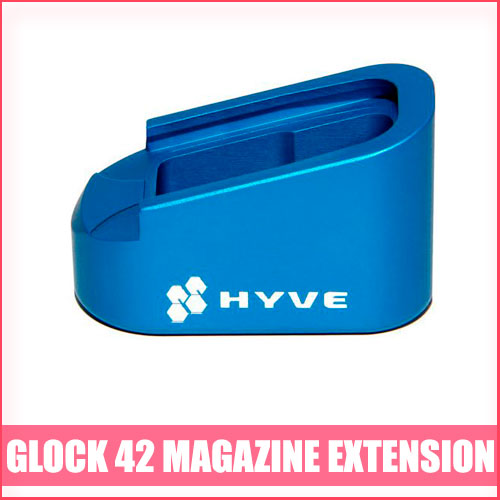
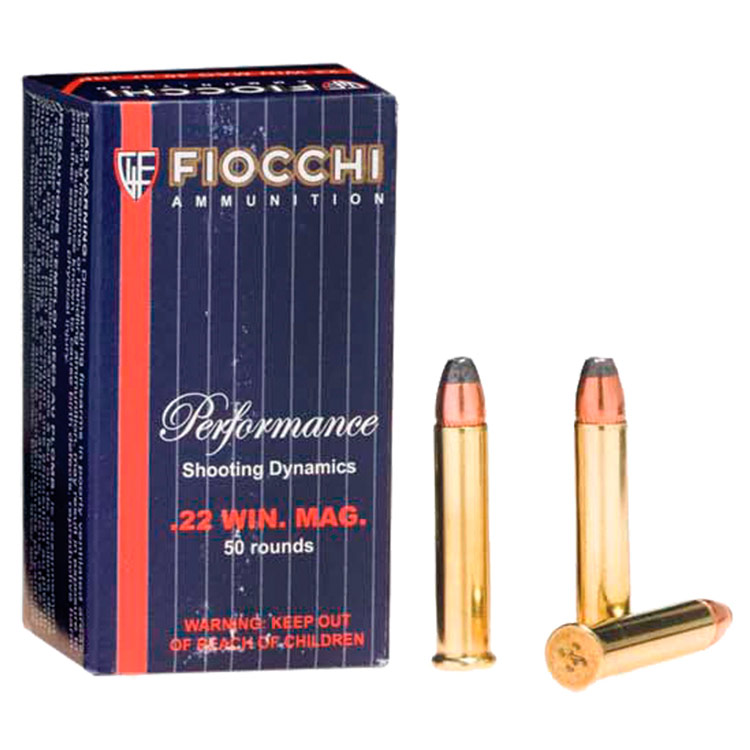
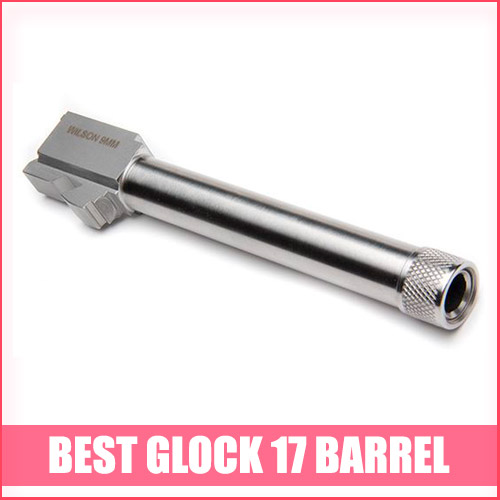

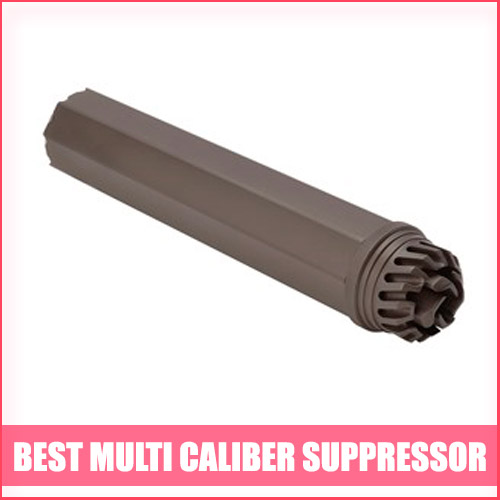
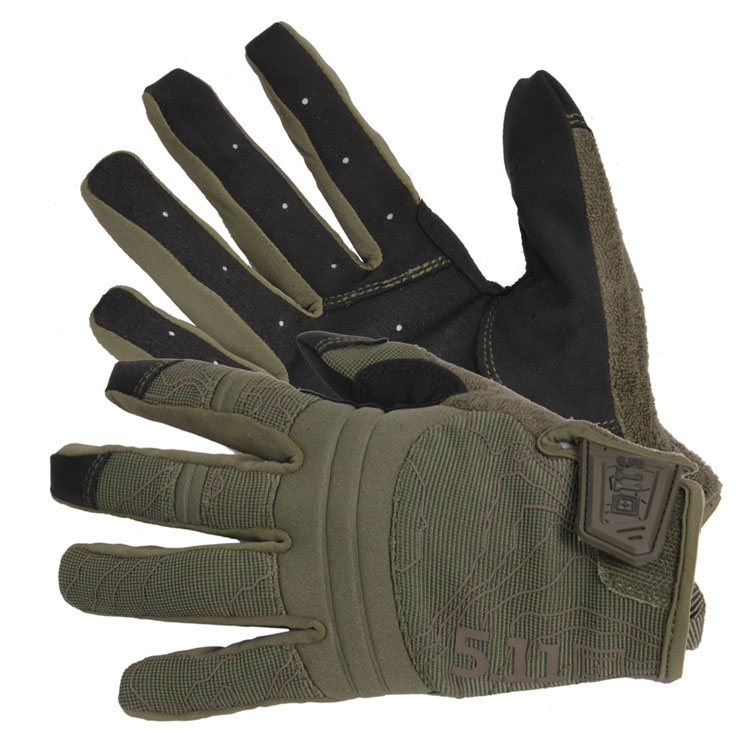
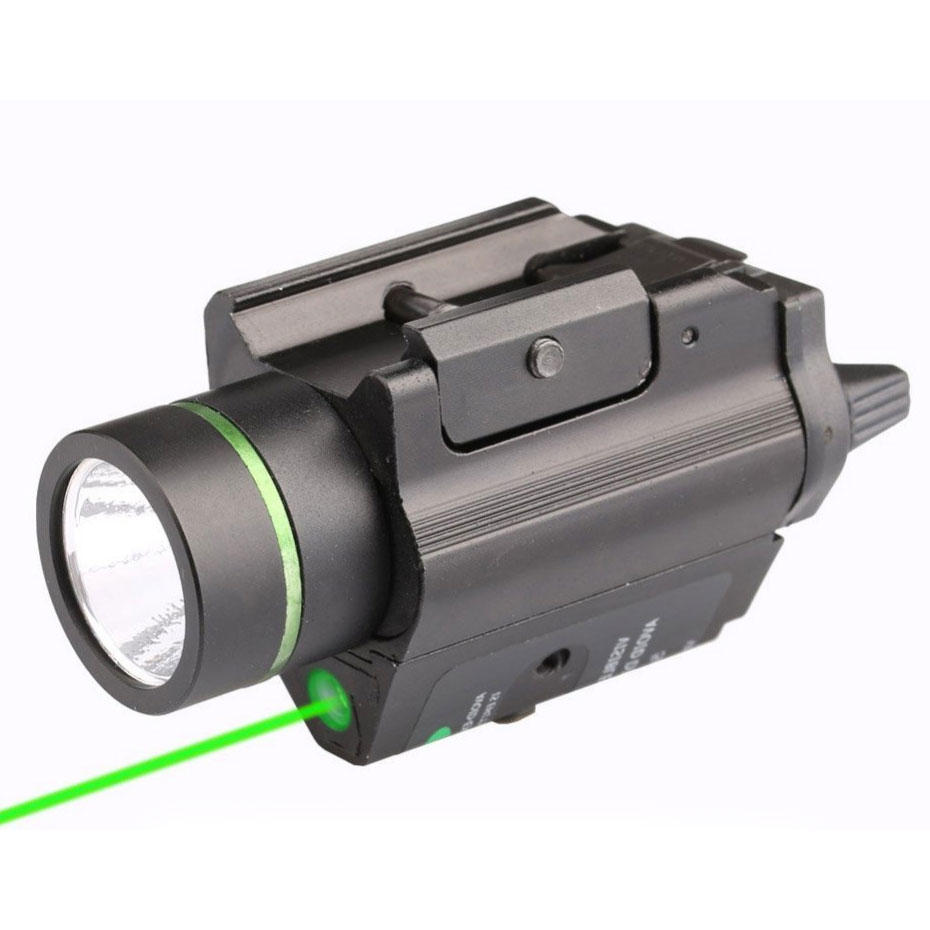

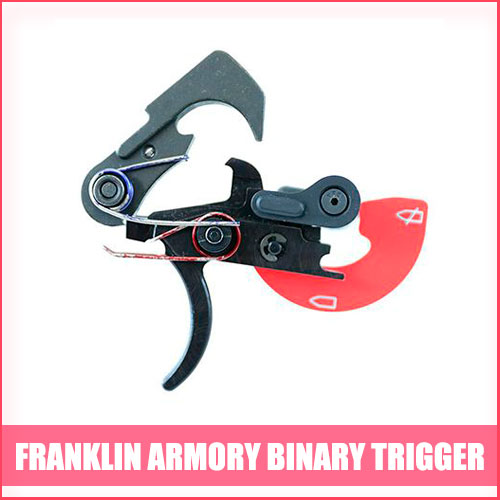
Hello everyone. I own a Remington Model 700 that was passed down to me by my grandfather. Lately, I’ve been facing difficulties finding available ammunition in stock for it. It seems like the production might be slowing down, which is quite frustrating. I’m attached to this rifle due to its sentimental value, and I’m wondering if there are any upcoming shipments of ammunition. Any insights on this would be greatly appreciated. Thanks, everyone.
I’ve discovered that reloading .222 is an option that won’t break the bank. It’s worth noting that finding powder and projectiles for this caliber is quite straightforward, as they are relatively common. This approach might help you overcome the challenges of sourcing factory-loaded ammunition.
As I’m using up some of my ammunition stashes, I’ve been pondering: What are the match-grade bullets that you all swear by? My main focus is on creating those satisfyingly small holes in paper targets – I’m not really into varmint hunting. Just to give you an idea, I mainly use an older Sako L46 (pre-vixen) with a 1:14 twist rate. Your insights and recommendations would be greatly appreciated!
My introduction to centerfire rifles was marked by a Remington 600 chambered in .222. The accuracy of that rifle left a lasting impression, and I’ve developed a fondness for the round ever since. My trusty choice was the 222 Rem – Fiocchi – 50 Grain – 20 Rounds.
I own a Remington XBR-40 chambered in .222, although it’s been sitting untouched for quite some time now. A friend of mine has this intriguing old varmint rifle in 22/45 – a 222 Magnum with a 45-degree shoulder, courtesy of Ackley’s modifications. Hearing about that got me thinking, and I’ve decided to retrieve my XBR from storage and take it out for some shooting again. I remember it being a blast to use, especially when engaging targets at longer distances. I used for it a 222 Rem – Federal Premium Power-Shok – 50 Grain – 20 Rounds.
I’m a huge fan of the triple deuce – such a fantastic caliber! In my collection, I’ve got two rifles chambered in .222: a 600 Mohawk, which is an absolute precision machine, and a Remington 722. The Mohawk impressively nails its shots with a 222 Rem – Hornady Superformance – 35 Grain – 20 Rounds. It’s quite amusing how often folks try to correct me to .223, and I find myself kindly correcting them back to .222. These days, it seems that the caliber has faded into relative obscurity. Many don’t even recognize it, let alone its role in giving rise to the .223 – quite sad.
Recently, I got my hands on a Stevens Model 340B and I’m planning to mount a scope on it. I’ve been contemplating whether it’s a good idea to start reloading for the .222 Remington. Interestingly, I’ve got around 200 5.56/223 cases that I’ve gathered over time from the range. They’re just sitting in an old ammo box. By the way, I’ve got all the necessary equipment to kickstart reloading, although I’m currently lacking the space to set it up properly. Would love to hear your thoughts on this!
The .222 is a fantastic cartridge, one that was once cherished by bench rest shooters. I used to own a Savage single-shot combination firearm that featured both .222 and 20-gauge barrels in an over/under setup. It turned out to be the perfect choice for turkey hunting. If you’re considering reloading, beginning with 40-grain bullets could be a great way to start and see how things progress.
I resized a significant amount of Lake City 556 brass into 222. I found that I had about a 50% success rate with it. About another 25% had some lube dents that would fireform out, and the remaining 25% had issues like folded necks or other defects that made me discard them. All in all, you can also try to do this!
I’m curious about the differences in bullet characteristics and trajectory between these two calibers. The reason for my question is that when I’m going through scope manuals, I often see references to scopes working with 223, but there’s no mention of 222. I’m wondering if there’s a significant distinction when shooting a reticle calibrated for 222 compared to 223, especially when shooting out to distances of around 300 yards.
In my experience, the BDCs (Bullet Drop Compensators) designed for 223 are usually calibrated for AR15s firing 55gr FMJ loads like the M193. However, this means the reticle might be off for heavier or lighter bullets, longer or shorter barrels, and even for the distinction between .222 and .223. Having said that, I hold the .222 in high regard – it’s an exceptional chambering. It held its ground as the preferred choice for short-range benchrest competitions for many years until the rise of the 6mm calibers in the 1970s. Its inherent accuracy potential is remarkable, even by today’s standards. Given the caliber’s accuracy, it would be a missed opportunity not to maximize its potential with an optic that complements it. My suggestion would be to create a range card based on the specific load you intend to shoot. Even if you’re working with estimated speeds from a load book rather than measured ones, it’ll likely be more accurate than relying on a BDC calibrated for a 223.